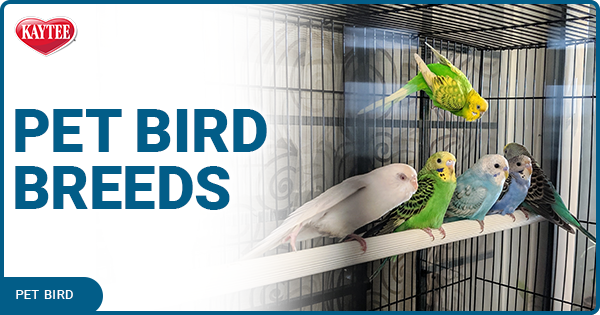5 Types of Macaw

There are 19 recorded macaw species and by understanding more about macaws and what makes them unique, you can decide if these big birds with big personalities will be a good addition to your family flock.
What Is A Macaw?
All macaws belong to the Psittacidae bird family, along with all parrots. Macaws are unique in that they are New World parrots, only found in the Western Hemisphere. Most types of macaws prefer tropical forests and jungle habitats, though some are found in drier regions. The majority of macaw species are found in the Amazon Basin of Brazil and Bolivia, but you can find some as far north as Mexico, while others can be seen as far south as northern Argentina or Chile.
With their large, powerful bills, macaws eat a wide range of seeds, nuts, fruits, vegetables and even flowers. In the wild, macaw diets vary by season, depending on what foods are most easily available. These are social birds and are often seen in pairs or flocks.
Macaws were highly sought after for their brilliant feathers by many early civilizations, including the Inca, Nazca, and Wari' peoples. Today, these amazing birds are highly appreciated as pets, as they make fantastic companion animals and can be a welcome member of any family.
5 Types of Macaws That Make Great Pets
While many different macaws can make great companions, understanding some differences between the most popular pet macaws can help you decide which may be best for you and your family.
-
Hyacinth Macaw
The friendliest of the macaws, the hyacinth macaw is also the largest of these birds, measuring 40 inches long. They are a rich, cobalt blue all over with contrasting yellow around the eyes and at the base of the bill. Despite their size, hyacinth macaws are gentle, affectionate and can grow to be very loyal and docile with their families. They are easy to train with positive reinforcement, but they can become jealous if they are not the center of attention. These birds can live 50 to 60 years, so it is critical to have the whole family dedicated to their pet bird's care and attention needs, including making provisions for the bird in a will or trust if needed. -
Scarlet Macaw
The most familiar macaw with its brilliant red, yellow and blue feathers and white face, scarlet macaws are dramatic birds that measure 32-36 inches long. They have lots of energy and require plenty of space, such as a flight cage, to be sure they get enough exercise. Scarlet macaws also have bold personalities and can be spirited and sassy, even rebellious at times. They learn to talk well, are generally friendly and will be amazing members of the family for their 45- to 50-year lifespan. -
Green-Winged Macaw
Also called the red-and-green macaw, this bird has a red head, white face and green wings with a touch of blue on the edges and reaches 34-36 inches in length. They are gentle, responsive companions that are tame and easygoing. They can be more talkative than other types of macaws, with various screeches and other noises, but they don't imitate speech like other macaws. They have sensitive, social personalities and bond well with families but must be introduced slowly to avoid getting overwhelmed. Green-winged macaws can live up to 70 years, making a long-term commitment to these birds a must. -
Blue-and-Yellow Macaw
This striking bird has the most familiar “pirate parrot" colors with its blue upperparts, yellow underparts, black chin and green forehead, and they are also known as blue and-gold macaws. These friendly, sweet birds measure Their intelligence allows them to mimic speech quite well and form very close bonds with families. Blue-and-yellow macaws live an average of 30-35 years. -
Yellow-Collared Macaw
Smaller than most types of macaws, the yellow-collared macaw measures just 15-17 inches and is often considered a miniature macaw. These birds are green all over with a touch of blue on the wings, black around their white face and a bright yellow half-collar on the back of the neck. They are social, crave attention and can learn to mimic speech with more clarity and precision than the larger macaws. However, they are crafty, clever birds, and their curiosity can drive them to be downright mischievous. Also called gold collared macaws, these birds live approximately 50 years.
No matter which bird you consider as a pet, learning more about the different types of macaws can help you choose the best bird for your lifestyle. Macaws tend to require abundant space and plenty of social interaction, but they will return your attention and affection as valued members of your non-human family.
Resources
BirdLife International - Macaw Species List and Endangered Listings
Parrot Website - 19 Types of Macaws —A Comprehensive List With Photos
All About Parrots - What Is the Friendliest Macaw?
Pet Comments - Popular Macaw Species That Make Excellent Pets





.png?h=315&iar=0&w=600&hash=D97DB36D5E3F21371C65308B485A4F28)



